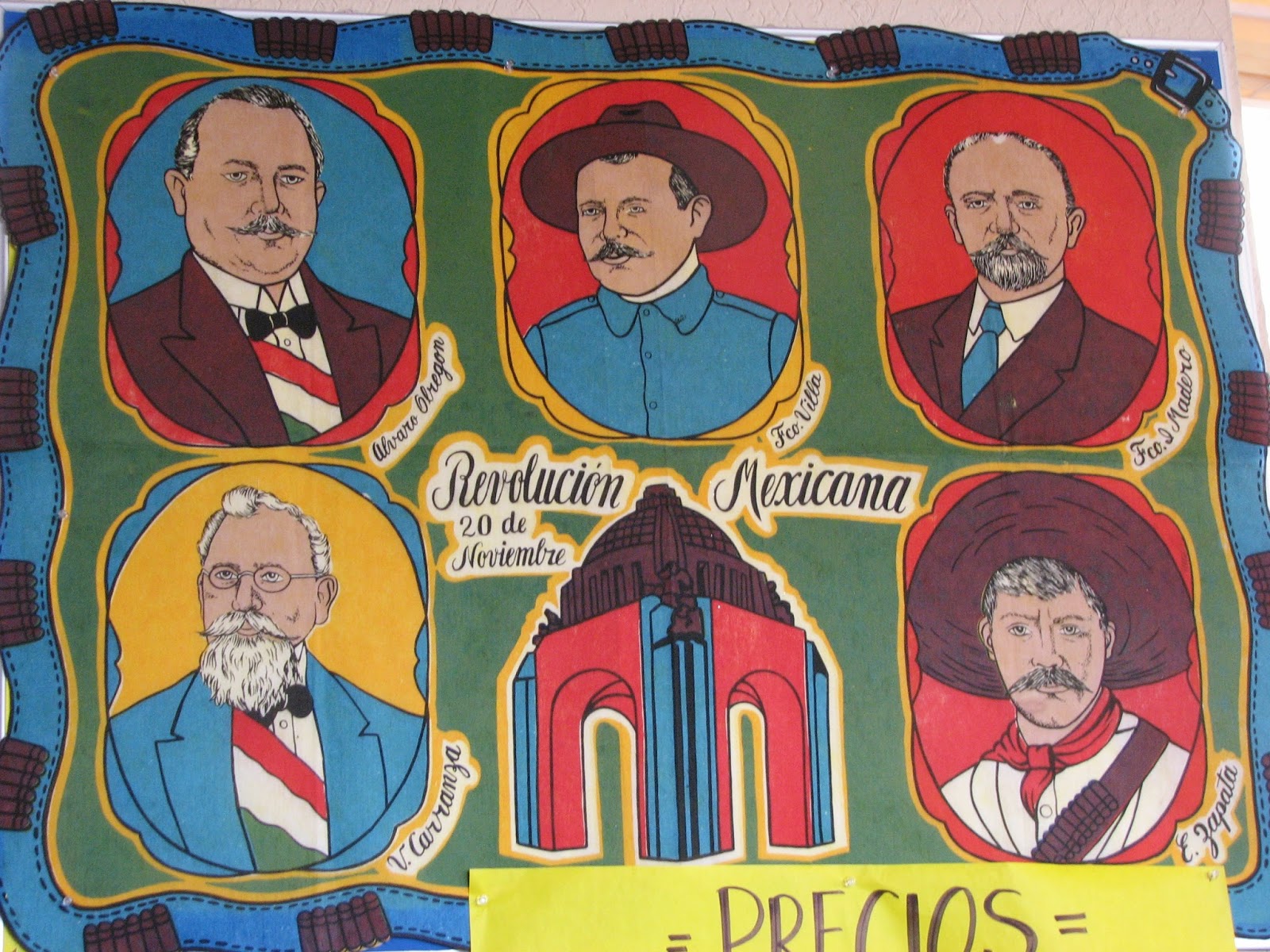The Thursday afternoon speakers and hymns seemed much like the funeral services we have in the states but that’s where the similarities end. We weren’t asked to stand as the family left and there were no pallbearers. They didn’t have a luncheon prepared and there were not programs printed. The services ended and the people including the Soriano family milled around and we had people as us if we were going to the panteon [cemetery]. We learned we were waiting for the funeral directors who arrived about 20 minutes later. We watched as the funeral directors in their black jackets, yellow shirts and khaki pants carried out the flowers and wheeled out the casket. Two of them picked up the casket and placed it in the back of their waiting van. The flowers were in the back of a pick up truck.
 |
| someone had an iPad |
We rode with Bernice and Marcopolo to the panteon. They told us when a family buys a lot in the cemetery it is made of cement and can hold three caskets. Some families buy two or three of these lots close to each other. Apparently there is a law that the first person buried has to be dead for a determined amount of time before someone can be buried on top of them. So if a family owns more than one lot, they can alternate who goes where when buried. We arrived at the panteon and were able to see what they were talking about.
Those who arrived before us were sitting in the shade of a tree not far from an oblong cement hole big enough to hold three caskets. We looked inside the tomb and learned later that Hna. Soriano requested to be buried here so she would be in the same tomb as her father.
The Soriano family arrived in their individual cars and we all gathered together as Pte. Soriano’s son dedicated the grave.
Four funeral directors carried the casket and placed it on the two 2x4’s over the open tomb
The funeral directors put two black straps around the casket, removed the 2x4’s and lowered the casket into place. As everyone there silently watched, a man positioned a cement slab over the casket on side notches provided for this purpose and then he climbed into the hole, stood on that slab and placed four more slabs in place until the casket was covered.
We had noticed a pile of freshly mixed cement near by. Another worker brought one shovel full of cement after another and we all watched as the man on the inside took his trowel and filled in the cracks between and around each slab thoroughly cementing in the casket. He climbed out and placed more slabs on top of the tomb and cemented each into place.
 |
| Pte. Soriano with his son and daughter-in-law plus his daughter and her husband |
That’s about when we had to leave to go back to the temple so we asked what happened next. Apparently the workmen had removed the covering of the tomb that had been in place since Hna. Soriano’s father had passed away. The grave for now will be covered with the flowers and they later will reposition the formal covering. Hna. Soriano’s name will be positioned on a stone nameplate above her father’s name. We only personally knew Hna. Soriano for three months before she became ill, was diagnosed with cancer and no longer came to the temple. Our memories of her are that she is a gracious and loving lady with a wonderful sense of humor.
We know that though Hna. Soriano’s body has been lovingly tucked away in the panteon, her spirit still lives. That’s why we do what we do in the temple—because life continues even after what we call death.
[Adapted From the Crockett Chronicles - 30 November 2014]





























.JPG)


















